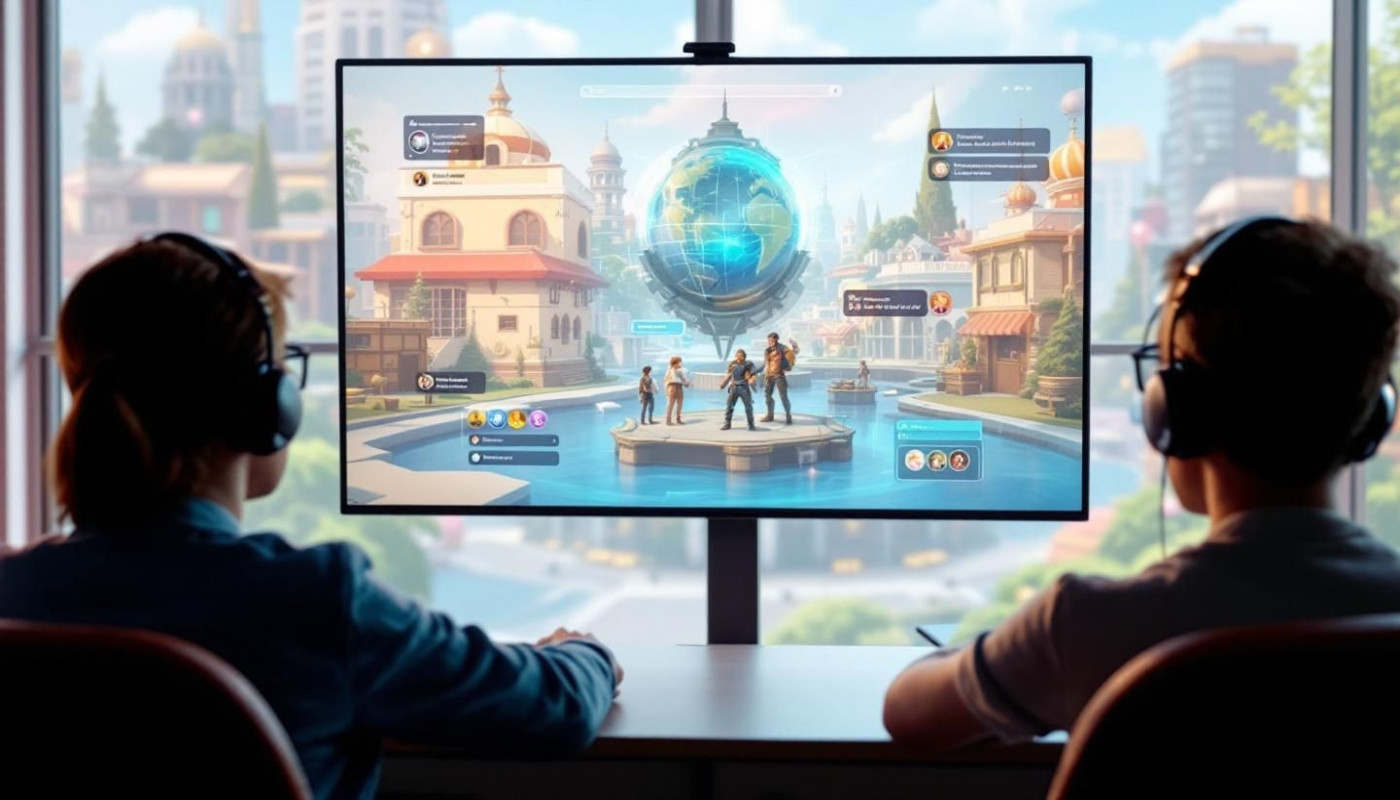Table of contents
In the rapidly evolving world of competitive soccer, artificial intelligence is transforming how teams defend against lightning-fast attacks. AI-powered goalkeepers are becoming a game changer, offering new levels of precision and adaptability in high-pressure scenarios. Explore how these digital guardians can be strategically employed to give your team a winning edge in fast-paced matches.
Understanding AI goalkeeper mechanics
AI soccer technology is fundamentally transforming goalkeeper mechanics, especially in fast-paced matches where rapid decision-making and flawless execution are vital. At the core of artificial intelligence in sports, modern AI-controlled goalkeepers rely on advanced machine learning soccer frameworks, primarily using reinforcement learning, to analyze massive datasets from real and simulated games. These algorithms enable goalkeepers to predict opponents’ attacking patterns, adapt positioning in real time, and react with split-second accuracy to unpredictable shots. The continuous feedback loop offered by reinforcement learning not only improves reflexes but also supports strategic decision-making, such as when to rush out or hold the line. As a result, AI goalkeepers dynamically adjust their responses, making them formidable defenders even in the most demanding 5v5 rush modes featured in platforms like EA FC 25. For an in-depth exploration on dominating these lightning-fast matches with both human and AI strategies, read full article.
Optimizing reaction time
In fast-paced soccer matches, goalkeeper reaction time is a decisive factor for preventing close-range goals. Leveraging soccer AI performance tools, teams can implement predictive analytics and predictive modeling to anticipate opponent actions before they unfold. By continuously analyzing real-time data — including player positioning, ball trajectory, and historical patterns of attacking plays — AI systems rapidly process information to predict likely shot directions or pass outcomes. These insights enable goalkeepers to position themselves more effectively and initiate movements a split second earlier, translating into fast soccer saves during high-pressure moments. Incorporating predictive modeling, AI-driven solutions adjust to in-game variables and evolving strategies, ensuring that reaction times are not only reduced but dynamically optimized throughout the match. This approach empowers coaching staff and players to trust data-backed decisions, resulting in enhanced performance and a competitive edge during rapid attacks.
Anticipating opponent strategies
AI goalkeeper strategies increasingly rely on opponent analysis and advanced pattern recognition to enhance soccer defensive tactics during high-speed matches. By leveraging vast repositories of historical data, AI systems conduct opponent modeling, which enables the goalkeeper to identify and learn from the tendencies of different strikers and teams. This data-driven approach allows for shot prediction, forecasting where and how an opponent is most likely to shoot based on real-time in-game situations and established behavioral trends. As a result, AI-powered goalkeepers can dynamically adjust their positioning and response timing, narrowing shooting angles and maximizing the probability of successful saves. Integrating opponent analysis and predictive algorithms strengthens the defensive line, helping teams adapt rapidly to evolving offensive threats and maintaining a critical edge in fast-paced soccer environments.
Integrating AI with team defense
Leveraging AI team defense strategies in fast soccer matches requires integrating advanced adaptive goalkeeper systems within comprehensive soccer communication systems. Modern approaches employ multi-agent systems, enabling each player, including the AI goalkeeper, to function as an intelligent agent sharing real-time information. These coordinated defense tactics utilize data-driven protocols, allowing defenders and the AI goalkeeper to exchange positioning, opponent movement, and threat assessments instantly. Adaptive goalkeeper algorithms analyze patterns, adjusting responses to both direct shots and evolving attacking plays, while maintaining communication with outfield players to manage overlapping responsibilities. Integrating such systems enhances zone coverage by assigning dynamic defensive roles based on live match data. This synergy between AI and human agents leads to seamless collaborative actions, with the AI goalkeeper often taking the lead in organizing the defensive line, managing set-piece responses, and directing players during transitions. Effective use of these technologies not only improves defensive resilience but also elevates the overall tactical flexibility and responsiveness of the team in high-paced situations.
Training for continuous improvement
Continuous learning forms the backbone of effective AI goalkeeper training in fast-paced soccer environments. By leveraging real-time match data analysis, these systems refine their responses through performance feedback collected from each game. Soccer machine learning models are updated regularly, integrating new observations and correcting prediction errors, which allows algorithms to adapt to emerging tactics and player behaviors. Incorporating large datasets from a variety of competitive scenarios ensures that AI goalkeepers do not stagnate in their skillset. Regular model updates take into account subtle shifts in player strategies and game dynamics, resulting in a goalkeeper that evolves with the sport. This cyclical process of training, feedback, and adjustment supports the goal of achieving peak performance in every match, making continuous learning an indispensable strategy for maintaining a technological edge on the field.
On the same subject
















